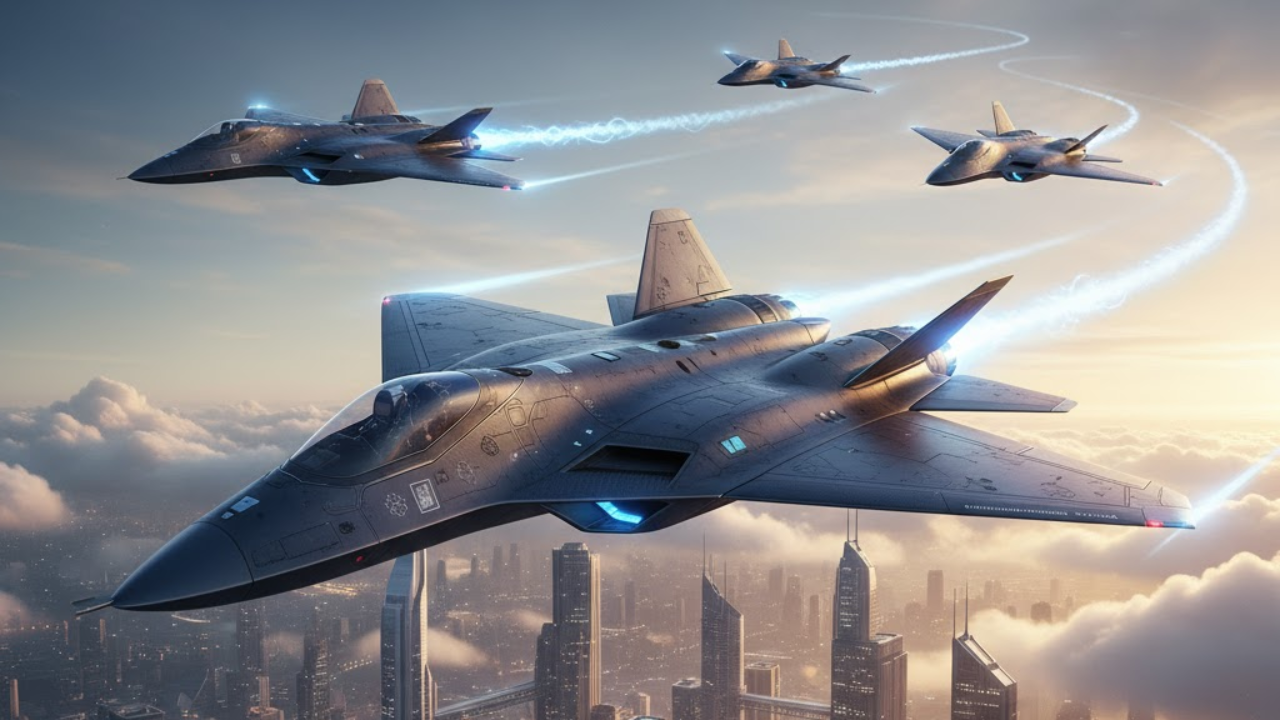
Post by : Meena Rani
The race for air dominance is accelerating like never before. With the rapid evolution of artificial intelligence, stealth technology, and autonomous systems, nations are developing a new class of aircraft known as next-generation fighter jets.
Programs like the U.S. F-47 (NGAD) and Turkey’s TF Kaan represent the cutting edge of this global transformation—machines designed not only to fight but to think, adapt, and survive in the world’s most complex airspaces.
Next-generation fighters—often referred to as 6th-generation aircraft—go beyond traditional stealth or speed. They integrate advanced systems that make them networked, intelligent, and multi-domain combat platforms.
These jets are not merely fighters; they’re digital ecosystems capable of controlling drones, sharing data in real-time, and executing missions with minimal human input.
AI-assisted flight and combat decision-making
Stealth and adaptive camouflage technology
Networked warfare integration (linking with drones, satellites, and ships)
Supercruise and enhanced range without afterburners
Directed-energy and hypersonic weapon compatibility
Modular avionics and system upgrades for future adaptability
The United States’ Next Generation Air Dominance (NGAD) program is leading the next era of military aviation. The U.S. Air Force’s F-47—the first aircraft developed under this initiative—is expected to replace the F-22 Raptor by the early 2030s.
While official details are classified, defense analysts reveal that the F-47 will feature:
Full-spectrum stealth with radar-absorbing materials that can adapt mid-flight
AI co-pilot to assist in targeting, threat detection, and system management
Drone wingmen (Collaborative Combat Aircraft or CCA) that accompany and extend its operational reach
Next-gen propulsion system allowing efficient supersonic cruising
Augmented reality cockpit integrating helmet displays, tactical data, and 360° situational awareness
The NGAD system isn’t just a single aircraft—it’s a family of platforms, including unmanned aerial vehicles, sensors, and next-gen weapons. This modular approach allows flexibility in different theaters of war.
The U.S. Air Force plans to field multiple variants tailored to specific missions, from deep-strike stealth operations to electronic warfare.
Turkey’s TAI TF Kaan marks a significant leap in defense independence and aerospace capability. Developed by Turkish Aerospace Industries (TAI), it’s envisioned as a 5.5 or “fifth-plus” generation stealth fighter designed to complement and eventually replace Turkey’s F-16 fleet.
Key specifications include:
Stealth shaping with internal weapon bays and radar-absorbent coatings
Twin-engine configuration for enhanced thrust and reliability
Advanced avionics suite with AI-supported threat analysis
Indigenous radar and sensor systems developed in Turkey
Compatibility with future hypersonic and laser weapons
The TF Kaan’s first prototype successfully completed its maiden flight earlier in 2025, signaling Turkey’s growing self-reliance in aerospace technology.
By 2030, the nation aims to enter mass production, joining the elite circle of countries capable of designing and manufacturing stealth fighters.
One of the most transformative elements of next-gen air combat is the integration of autonomous drones known as “loyal wingmen.”
These unmanned aircraft fly alongside manned fighters, providing support through:
Electronic warfare and jamming
Reconnaissance and surveillance
Decoy operations to draw enemy fire
Offensive strikes controlled remotely or by AI
Programs like Skyborg (U.S.), Mosquito (U.K.), and Okhotnik (Russia) are developing these systems to extend the reach, survivability, and tactical flexibility of manned jets.
The combination of AI, automation, and manned-unmanned teaming (MUM-T) represents the biggest shift in aerial warfare since the introduction of jet engines.
Countries around the world are now competing to dominate the skies of tomorrow:
United States: F-47 under NGAD and Navy’s F/A-XX program.
United Kingdom & Japan: Developing the Tempest / GCAP (Global Combat Air Programme) for joint operations.
France, Germany, Spain: Collaborating on the FCAS (Future Combat Air System) to rival U.S. projects.
China: Advancing its J-XX series, likely a 6th-gen follow-up to the J-20 stealth fighter.
India: Working on AMCA (Advanced Medium Combat Aircraft) featuring indigenous stealth and AI integration.
This intense competition signals not just an arms race—but a technological revolution blending aerospace engineering, AI, and cyber warfare into a unified force.
While next-gen fighters promise unmatched performance, they also raise critical challenges:
Skyrocketing costs: Development and maintenance of such complex platforms can exceed $300 million per aircraft.
AI autonomy risks: How much control should machines have in life-or-death combat decisions?
Cybersecurity threats: Networked systems are vulnerable to hacking and data manipulation.
Supply chain dependence: Critical materials like semiconductors and composites rely on global supply lines.
Regulatory and ethical oversight: Autonomous warfare blurs accountability and international law boundaries.
These challenges are reshaping military strategy, requiring nations to balance innovation with responsibility.
Next-generation fighters are not just weapons—they’re data nodes in a digital battlefield ecosystem. With real-time information sharing, swarm tactics, and AI-driven adaptability, future wars will be fought in milliseconds, not minutes.
Experts predict that by 2040, most advanced air forces will operate hybrid fleets—mixing manned stealth fighters, autonomous drones, and satellite-linked systems for seamless coordination.
Ultimately, the winner of the next air dominance race will be the nation that masters AI integration, connectivity, and adaptability, not just speed or stealth.
Disclaimer:
This article is for informational purposes only and reflects publicly available insights about global defense programs. It does not contain classified information or represent official military positions.
next generation fighter, stealth aircraft, F-47, TF Kaan, NGAD, defense technology, AI in aviation, military aerospace, future combat jets


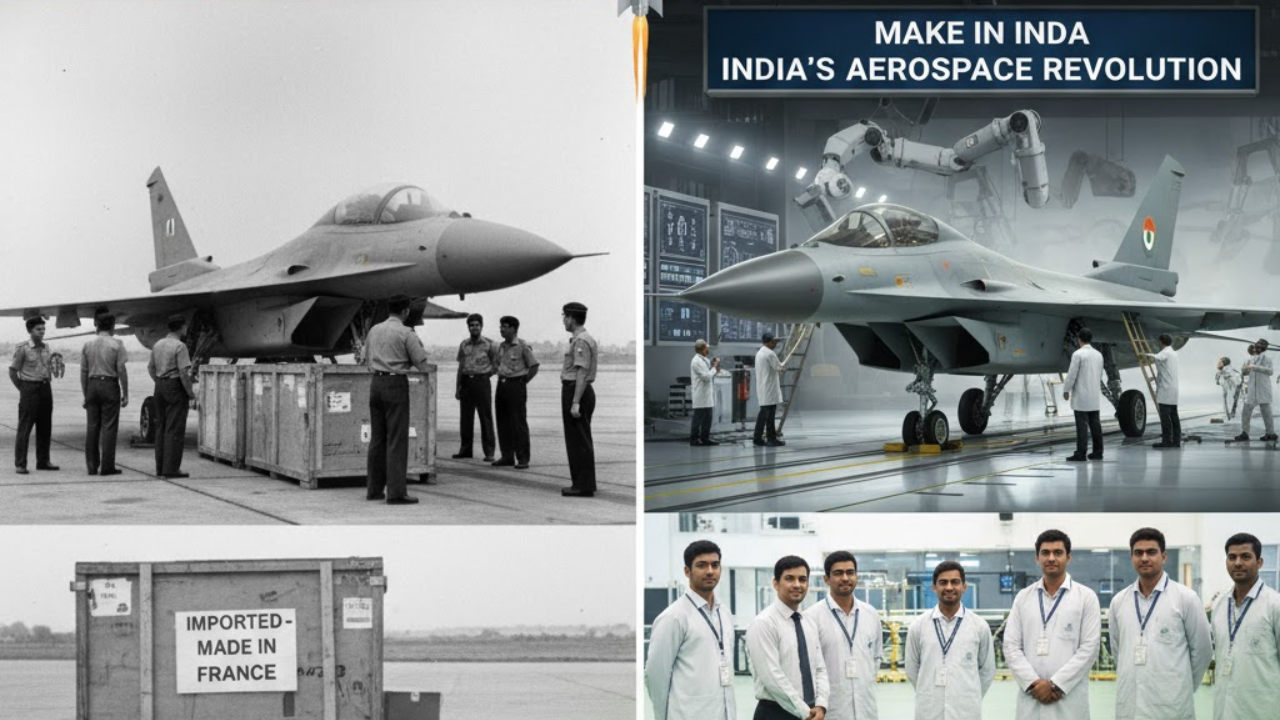

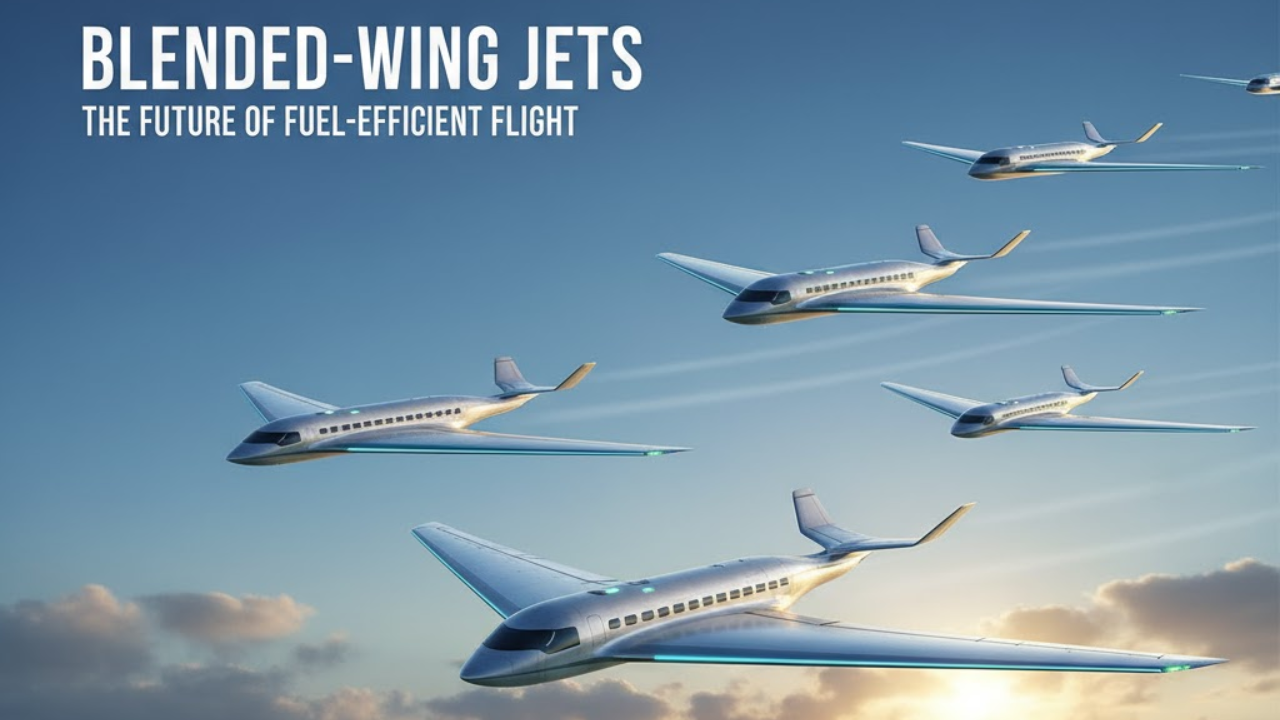
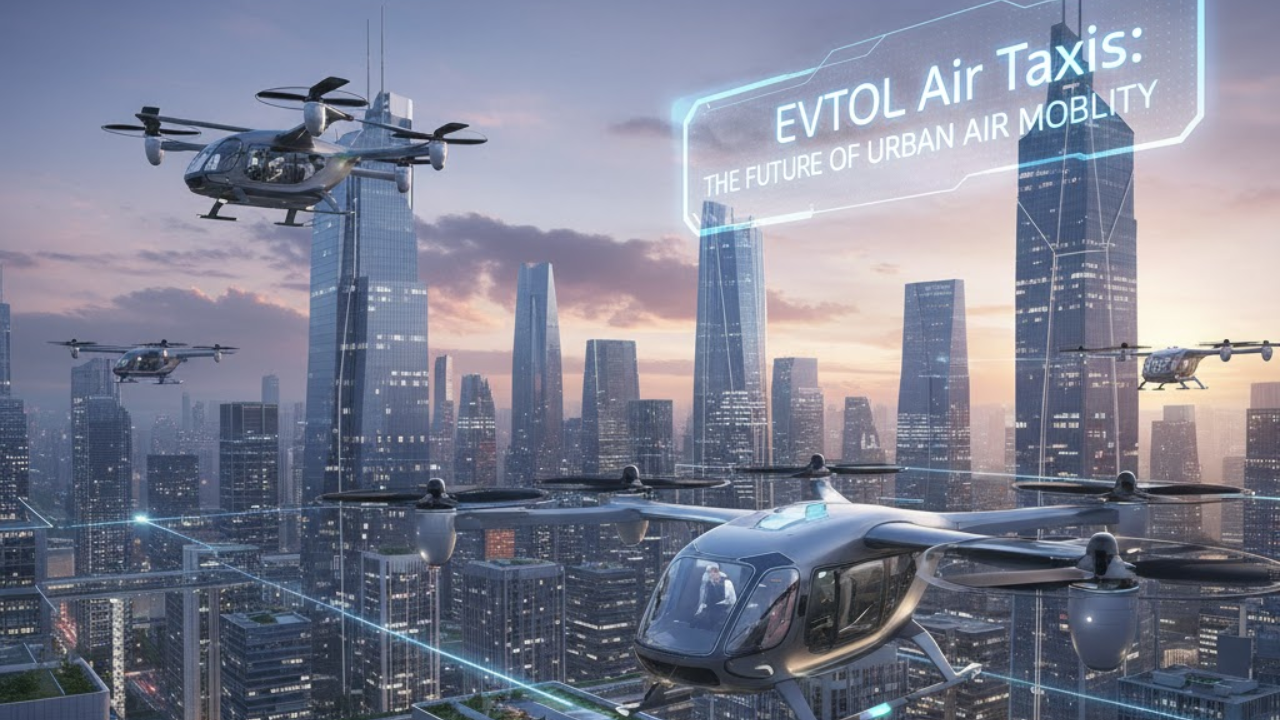

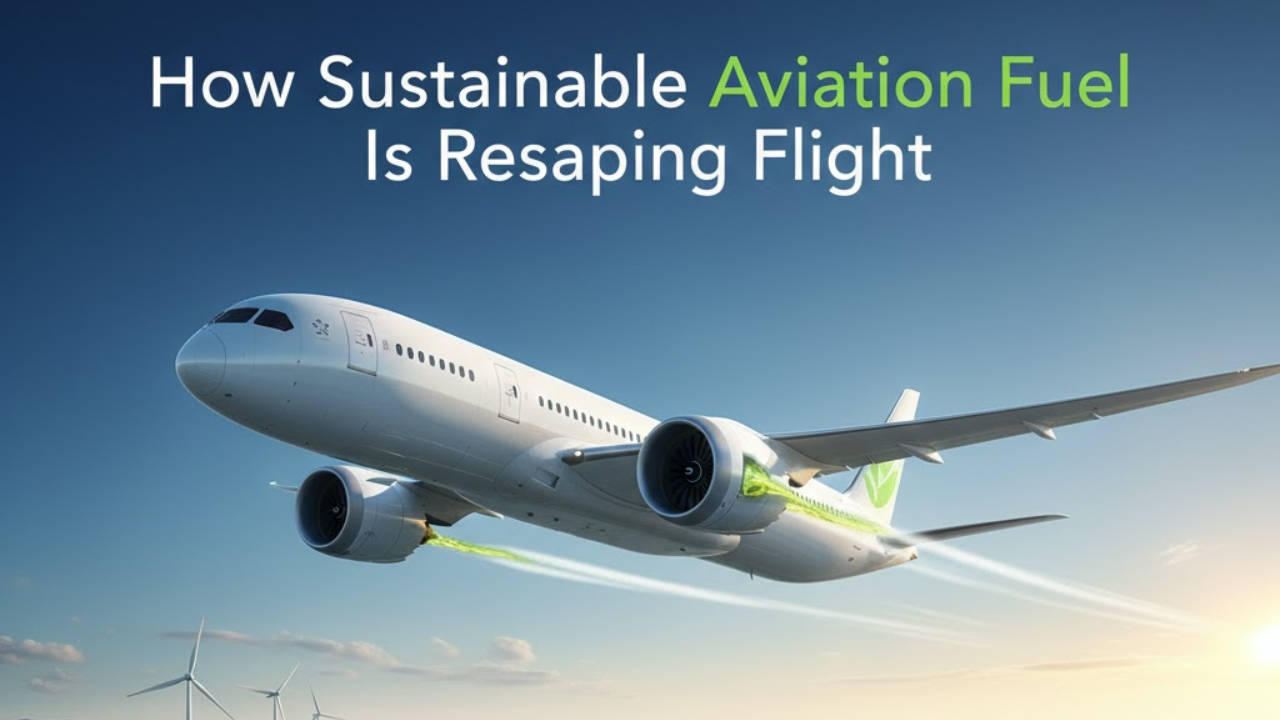


Bengaluru-Mumbai Superfast Train Approved After 30-Year Wait
Railways approves new superfast train connecting Bengaluru and Mumbai, ending a 30-year demand, easi

Canada Post Workers Strike Halts Nationwide Mail and Parcel Services
Canada Post halts operations as CUPW strike disrupts mail and parcel delivery nationwide amid disput

PM Modi Launches BSNL ‘Swadeshi’ 4G Network, 97,500 Towers Built
India enters global telecom league as PM Modi inaugurates BSNL’s indigenous 4G, connecting 26,700 vi

India’s Iconic MiG‑21 Takes Final Flight After Six Decades of Service
After 60 years India retires its MiG‑21 fighter jet, a legendary yet controversial warplane marking

Hindustan Zinc unveils AI hotspot monitoring at Debari smelter
Hindustan Zinc launches AI-powered Switchyard Hotspot Monitoring at Debari smelter to cut outages bo

Chinese experts worked inside sanctioned Russian drone plant
Chinese drone specialists visited IEMZ Kupol supplying parts and drones via intermediaries, deepenin